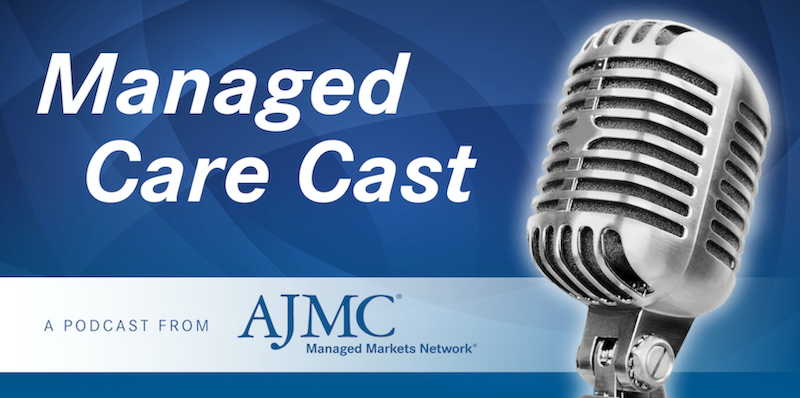Video
Addressing Migraine Through Benefit Design
David Hines highlights the psychological, economic, and workplace impact of preventive care on a patient with migraine.
Transcript:
David Hines: If you can catch anything early, to keep it from exacerbating and becoming more pronounced, we’re better off. Even in medical homes and the clinics we set up, we set those up with the idea that they would be no more than 15 minutes from any workplace and no more than a 15-minute wait. We removed all the financial disincentives, so it’s free care close to you and available to you.
The whole issue is that if we can remove barriers to care, we can take care of people earlier on, decrease the overall intensity of the illness date itself, and also decrease the cost and the burden people are going through. And it works. It works there, and it will work in migraines as we push forward to help remove these barriers and increase that access and increase that knowledge.
If you thought you just had to suffer, and then now you find out you don’t have to necessarily suffer or you can reduce the amount of days that you suffer. I’m fortunate. I do not have migraines. I know plenty of people who do, and it’s a miserable experience as they go into dark rooms without lights and just wait to die. That’s the way they feel. If we can reduce those numbers of those episodes, if we can help people learn what the triggers are so they can stop these episodes from occurring, or reduce the amount of them. If we can get them on the right treatment routines—I mean, it should be the right medication or the right treatment for the right patient at the right time—that’s when we get the win.
Patients have access to it, but we want to make sure it’s the right treatment. The right treatment for the right patient at the right time. We have to educate the providers and the patients to understand. You don’t just jump to the high end. You work your way through your progress. You find out what works or doesn’t work to make it the most beneficial to everybody involved. There are some great new treatments out there. There are other medications’ modality. Every treatment is not for every person. It’s an individualized approach. We need to promote that, we need to work with that, and we need to educate our patients and providers on what they need to do to try to get to that right place.
Many employees are basically not looking at addressing this or dealing with this directly. I think we as employers have to step up and understand that, yes, there are changes that are out there—pharmaceutical changes, therapy changes, things that need to be done and addressed. Instead of relying on a fragmented educational system that’s coming from diverse sources or no sources at all, we have to step up and get involved in the education and ensure that people are getting the right drugs and the right treatments at the right times.
You have to understand its impact. When somebody takes a day off sick, we don’t know why they’re sick; we just know they’ve taken a sick day. We know people are taking migraine medications. We know it might show up on my database. But because migraines are more pronounced on the workplace side than they are on the medical side, they tend to be overlooked. Well, it’s time to stop doing that. It’s time to understand that for anything that’s going to take a person out of the workplace on a regular basis, that has such profound impact, we have to step up and start dealing with it and try to understand what that impact would be.
As I mentioned earlier, we are the medical home for 43% of our employee population. The specialized primary care that we deliver, we also tell our folks that when somebody comes in, you’re not just dealing with a problem, not the presenting problem, but you’re try to deal with that person as a whole.
What we have found within our own system is we’ve had our own individualized primary care patient-centered approach on things that give the providers the time and the resources to work with their patients and give that patient access to the primary care providers.
We were studied by the Rand Corporation, and they reviewed our patient population versus the patient population of those attached to primary care and community. They showed that we had a net savings of about $62 per patient per month for those attached to our primary care versus primary care in the community.
For early intervention and access, it’s a holistic look at the patient. It’s being able to work with your medical staff to give them specialized training. As we roll out this summer our migraine training program or our migraine programs, we’ll be educating not only more of our patients but also more of our providers as well, as we work to help everybody in that ecosystem be better, be healthier, and be well.

How Can Employers Leverage the DPP to Improve Diabetes Rates?



